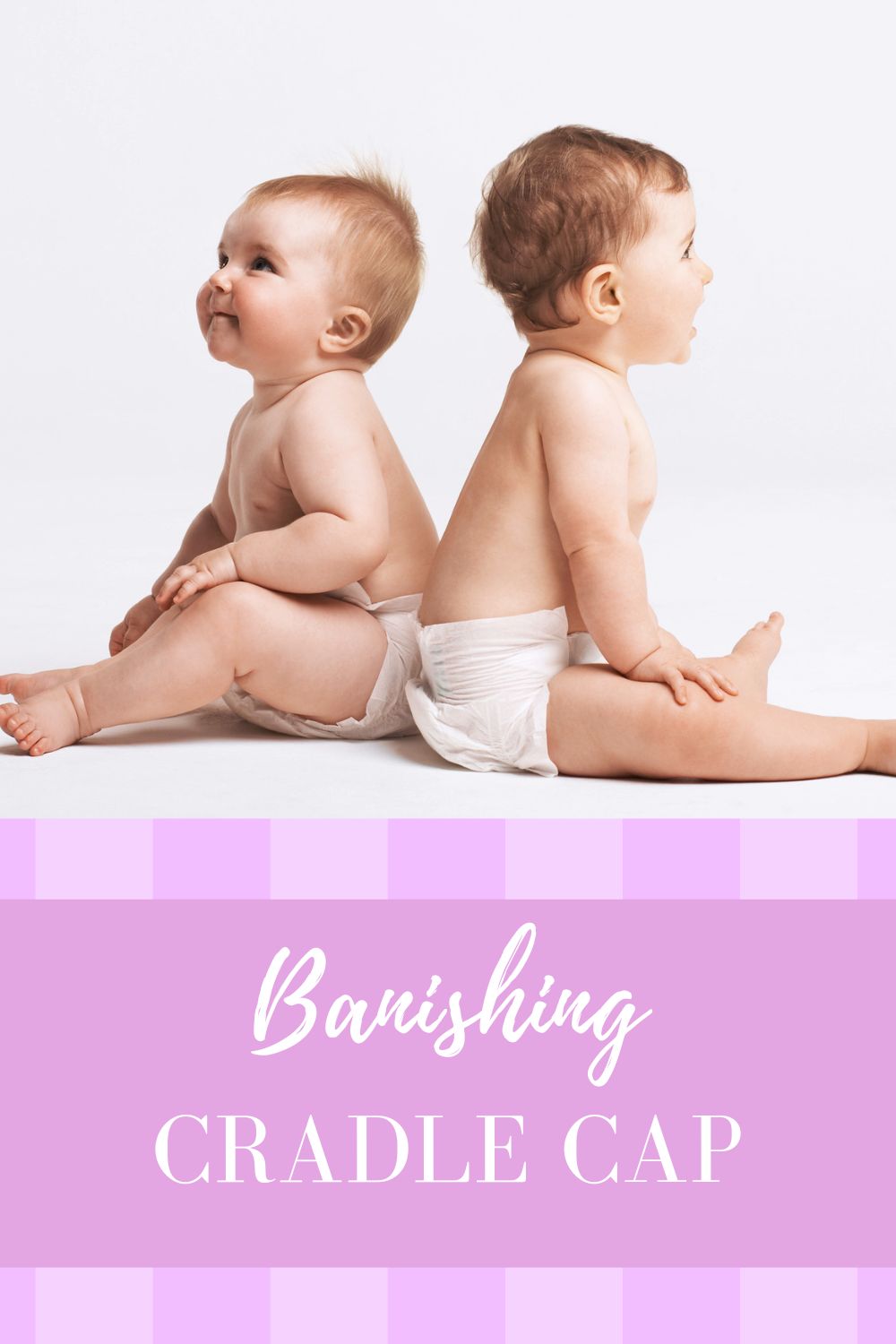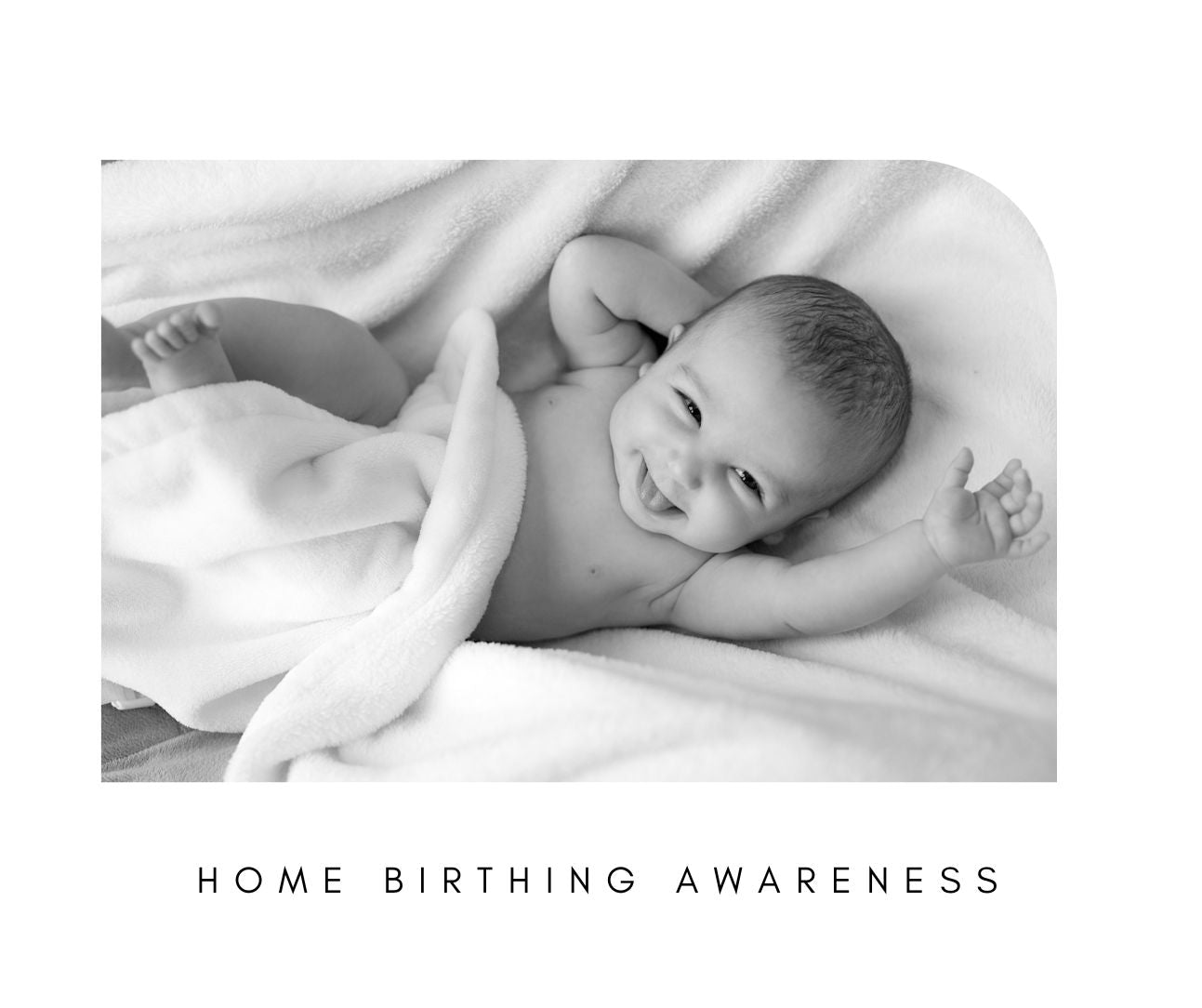Banishing Baby Cradle Cap for Good

Banishing Baby Cradle Cap for Good
Seeing those yellowish, crusty patches on your baby's scalp can be alarming. Rest assured, you're not alone. This common skin condition, known as cradle cap, affects many infants and is typically harmless. But knowing how to identify and treat it can bring peace of mind, and help your little one feel more comfortable. In this post, we'll explore everything new and expecting parents need to know about cradle cap—from identifying its signs to effective treatment strategies.
What is Cradle Cap?
Cradle cap, or infantile seborrheic dermatitis, is a common skin condition seen in newborns and infants. It appears as thick, scaly patches on your baby's scalp, often yellow or brown in colour. While it may look concerning, cradle cap is usually harmless and can be managed with simple treatments at home.
Cradle cap typically appears within the first few weeks of life and can last several months. It's thought to be caused by overactive sebaceous glands, which produce an oily substance that traps dead skin cells. Despite its appearance, cradle cap is not painful or itchy for your baby.
Understanding what cradle cap looks like and its possible causes can help set your mind at ease. By recognizing the signs early, you can start treatment promptly and keep your baby's scalp healthy and comfortable.
Identifying Cradle Cap
Identifying cradle cap is usually straightforward. It often presents as:
- Thick, crusty patches on the scalp
- Yellow or brown scales
- Oily, flaky skin
These patches can sometimes spread to other areas, such as behind the ears, eyebrows, and even in creases like the armpits. Knowing how to spot cradle cap can help you differentiate it from other skin conditions, such as eczema or psoriasis.
Keep an eye on your baby's scalp during bath time or when you're gently brushing their hair. If you notice any of these signs, it's likely cradle cap. The good news is that it's a common and manageable condition.
Causes of Cradle Cap
While the exact cause of cradle cap isn't fully understood, several factors may contribute to its development:
- Overactive Sebaceous Glands: Newborns inherit hormones from their mother, which can stimulate the sebaceous glands and lead to excess oil production.
- Yeast: A type of yeast called Malassezia may also play a role. This yeast thrives on the oily skin of the scalp, contributing to the formation of scales.
- Environmental Factors: Dry air and other environmental conditions can exacerbate cradle cap, making it more noticeable.
Understanding these potential causes can give you insights into why your baby might be experiencing cradle cap. However, rest assured that this condition is not a result of poor hygiene or allergies.
Preventing Cradle Cap
While there's no surefire way to prevent cradle cap entirely, some steps can help minimize its occurrence:
- Regular Scalp Cleaning: Gently washing your baby's scalp with a mild baby shampoo can help prevent the build-up of oils and dead skin cells.
- Brushing the Scalp: Using a soft brush to comb through your baby's hair after washing can help remove loose scales and keep the scalp clean.
- Moisturizing: Applying a gentle baby moisturizer can help keep the scalp from drying out, reducing the likelihood of cradle cap forming.
These preventive measures, though not foolproof, can help reduce the occurrence and severity of cradle cap. Being proactive about your baby's scalp care can make a big difference.
Home Remedies for Cradle Cap
If your baby does develop cradle cap, several home remedies can help manage and treat it effectively:
Baby Shampoo
Using a gentle baby shampoo, wash your baby's scalp regularly. Lather the shampoo, leave it on for a few minutes, and then rinse thoroughly. This can help loosen the scales and remove excess oil.
Soft Brush
After shampooing, use a soft-bristled brush to gently comb through your baby's hair. This can help lift and remove the softened scales. Be gentle to avoid irritating the sensitive skin.
Natural Oils
Applying natural oils like coconut or olive oil can help loosen the scales. Massage a small amount onto the affected areas, leave it on for about 15 minutes, then wash it off with baby shampoo. This can help moisturize and soften the scales for easier removal.
These home remedies are often effective in managing mild cases of cradle cap. Consistency is key—regularly following these steps can help improve your baby's scalp health over time.
When to See a Doctor
While cradle cap is usually harmless and treatable at home, there are situations where you should seek medical advice:
Infection Signs
If the affected area becomes red, swollen, or starts oozing, it could be a sign of infection. Consult your paediatrician for appropriate treatment.
Spreading
If the cradle cap spreads to other parts of the body, such as the face or diaper area, it may require medical intervention.
Unresponsive to Treatment
If home remedies don't seem to be helping, or if the cradle cap persists despite your efforts, it's a good idea to consult your doctor. They may recommend medicated shampoos or creams.
Your paediatrician can provide guidance and prescribe treatments if necessary. Don't hesitate to reach out if you're concerned about your baby's condition.
Common Myths About Cradle Cap
There are several misconceptions about cradle cap that can cause unnecessary worry for parents:
It's Caused by Poor Hygiene
Cradle cap is not a result of poor hygiene. It's related to hormone levels and oil production, not how often you wash your baby's hair.
It Hurts the Baby
Cradle cap is not painful or itchy for your baby. While it may look uncomfortable, your baby likely doesn't even notice it.
It's Contagious
Cradle cap is not contagious. You don't need to worry about it spreading to other children or family members.
Understanding these myths can help alleviate concerns and ensure you're focusing on effective treatment methods rather than misconceptions.
Choosing the Right Products
Selecting the right products for your baby's delicate skin is crucial in managing cradle cap:
Mild Baby Shampoo
Look for shampoos that are gentle, fragrance-free, and formulated for sensitive skin. Avoid harsh chemicals that can irritate the scalp.
Natural Oils
Opt for natural oils like coconut or olive oil, which are safe for your baby's skin. Avoid using essential oils or products with added fragrances.
Soft Brushes
Choose a soft-bristled brush designed for infants. These brushes are gentle on the scalp and effective in removing loose scales.
Using the right products can make a significant difference in managing cradle cap. Always prioritize gentle, natural, and baby-safe options.
Building a Routine
Consistency is key in managing cradle cap. Establishing a regular routine can help keep the condition under control:
Daily Washing
Incorporate a gentle scalp washing into your baby's daily bath routine. Use a mild baby shampoo and follow up with a soft brush.
Moisturizing
If your baby's scalp tends to dry out, apply a small amount of natural oil after washing. This can help keep the skin moisturized and reduce flakiness.
Regular Checkups
Keep an eye on your baby's scalp and monitor for any changes. Regularly check for improvements or worsening of the condition and adjust your routine as needed.
Sticking to a consistent routine can help manage cradle cap and promote a healthy scalp for your baby.
Supporting Your Baby's Skin Health
Overall skin health plays a role in managing cradle cap. Taking care of your baby's skin can help prevent and reduce the severity of the condition:
Hydration
Keep your baby well-hydrated to ensure their skin stays moisturized. Adequate hydration supports overall skin health.
Balanced Diet
For breastfeeding mothers, maintaining a balanced diet can impact your baby's skin health. Ensure you're consuming a variety of nutrients to support their development.
Gentle Products
Use gentle, hypoallergenic products for your baby's skincare routine. Avoid harsh chemicals and fragrances that can irritate their sensitive skin.
Supporting your baby's overall skin health can have a positive impact on managing cradle cap and promoting a healthy scalp.
The Role of Genetics
Genetics can play a role in the development of cradle cap. If you or your partner had cradle cap as an infant, your baby might be more likely to develop it as well.
Family History
Understanding your family history can provide insights into the likelihood of your baby developing cradle cap. This knowledge can help you prepare and manage the condition effectively.
Genetic Factors
Certain genetic factors can influence oil production and skin characteristics, making some babies more prone to cradle cap. While you can't change genetics, being aware of this can guide your approach to treatment.
Recognizing the role of genetics can help set expectations and guide your management of cradle cap.
Emotional Well-being for Parents
Seeing your baby with cradle cap can be stressful for new parents. It's important to address your emotional well-being while caring for your baby:
Stay Informed
Educate yourself about cradle cap to alleviate concerns. Understanding that it's a common and manageable condition can ease anxiety.
Seek Support
Don't hesitate to reach out to other parents or support groups. Sharing experiences and advice can provide reassurance and practical tips.
Practice Self-Care
Taking care of your own well-being is crucial. Ensure you're getting enough rest, eating well, and taking breaks when needed.
Prioritizing your emotional well-being can help you stay calm and focused while caring for your baby's cradle cap.
Conclusion
Cradle cap is a common, manageable condition that many infants experience. By understanding its causes, identifying the signs early, and following effective treatment strategies, you can keep your baby's scalp healthy and comfortable. Remember, cradle cap is not a reflection of your parenting skills—it's a normal part of infancy that most babies outgrow.
If you have concerns or need additional guidance, don't hesitate to consult your paediatrician. And for personalized advice and support, consider booking a call with one of our experts who can help you refine your approach and choose the best products for your baby's unique needs. Let's banish cradle cap together and keep those tiny heads happy and healthy.
~ jinki.com




